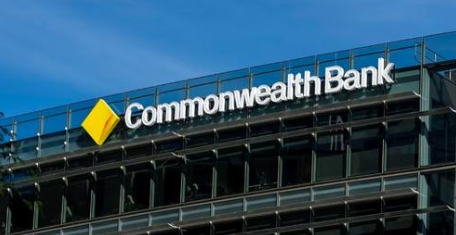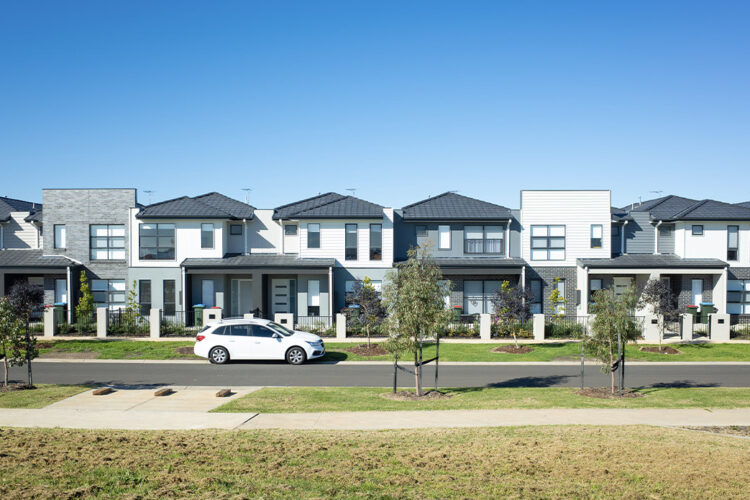House prices are predicted to fall in Sydney, Melbourne, Canberra, and Hobart as interest rate rises start to bite home owners and buyers, according to a new report.
SQM Research has released its annual Christopher’s Housing Boom and Bust Report 2024, in which it has forecast that Sydney’s property prices could record a moderate fall in dwelling prices of up to 4 per cent in 2024.
SQM Research managing director Louis Christopher has formed the prediction on a “base case” of a cash rate that ranges between 4.1 per cent and 5.0 per cent, population growth that slows to 460,000 or less, and unemployment that rises to between 4.5 per cent and 5.5 per cent.
The report noted that there has been a “significant deterioration” in housing affordability in Sydney in 2023.
“Typical mortgage repayments to household incomes have reached generational new highs and based on the current Sydney median dwelling price ($1,100,000) have put housing out of reach for the majority of Sydney working adults,” the report said.
SQM Research predicted that freestanding houses in Sydney’s middle to outer rings could record a greater correction, while units are expected to outperform. However, the inner ring is still expected to record prices rises as top-end properties remain in demand from foreign investors.
SQM Research also expects a rise in distressed selling activity over the next year across Australia, with only the most “cashed up” willing to enter the market.
“The interest rate rises of 2022, 2023 and possibly 2024 will finally start to bite homeowners and would-be homebuyers alike,” Mr Christopher said.
“Distressed selling activity is expected to jump, especially in NSW where we are already starting to see a new trend upwards in that data set.”
Canberra is forecast to record the largest falls out of all the cities of between 4.0 per cent and 8.0 per cent due to a combination of slower anticipated federal government spending and an expected strong rise in dwelling completions. The capital city is one of the few cities recording accelerated supply.
Melbourne could also see a modest correction, with prices tipped to fall by up to 3.0 per cent. Similar to Sydney, however, the top end of the market could still see price rises while units are expected to outperform.
Likewise, prices are expected to fall in Hobart by between 3.0 per cent and 7.0 per cent under the base case.
On the other hand, dwelling prices are forecast to rise by between 5.0 per cent and 9.0 per cent in Perth and between 4.0 per cent and 8.0 per cent in Brisbane.
Adelaide and Darwin are anticipated to remain steady or record a minor rise.
The base case forecast is for average national dwelling prices to change between a drop of 1.0 per cent and a rise of 3.0 per cent.
Energy crisis points to gloomier forecasts
Mr Christopher has painted a more pessimistic picture based on a second energy crisis driven by current events in the Middle East.
Under this scenario, the cash rate would rise above 5.0 per cent, unemployment would rise above 6.0 per cent, inflation would reaccelerate back towards 7.0 per cent following a Middle East oil embargo, and population growth would slow to 460,000 or less.
If this were to happen, the average national dwelling price would fall by up to 3.0 per cent in 2024.
Canberra and Hobart would bear the brunt, with house prices expected to fall by 10.0 per cent and 9.0 per cent respectively.
Prices would fall by up to 7.0 per cent in Melbourne, 6.0 per cent in Sydney, 4.0 per cent in Darwin, and 3.0 per cent in Adelaide.
However, Perth and Brisbane could remain unscathed with prices expected to rise by between 5.0 per cent and 9.0 per cent, and 1.0 per cent to 4.0 per cent respectively.
Asking rents to rise, says report
Asking rents are expected to rise between 7.0 per cent to 10.0 per cent, according to the SQM Research report.
Perth is tipped to record the largest increase of 12.0 per cent to 15.0 per cent.
SQM Research said it expects a sharp decline in dwelling completions over 2024 to 153,000 dwellings.
This imbalance between demand and supply could put upward pressure on rents around the country, according to the report.
Alternate scenarios
Mr Christopher highlighted that these are the key assumptions behind the base case scenario.
“If I am wrong and the housing market has another strong year, it will be because employment growth has continued to be firm and/or migration has once again grown more quickly than expected and homeowners once again have managed to withstand the higher lending rate environment,” he concluded.
If you’re looking to refinance for a better rate or are looking for the right rate for your clients at zero cost, contact Finni Mortgages’ experts and let us do the hard work for you.
Visit our website here or call 1300 002 023 to learn how we can help you!


